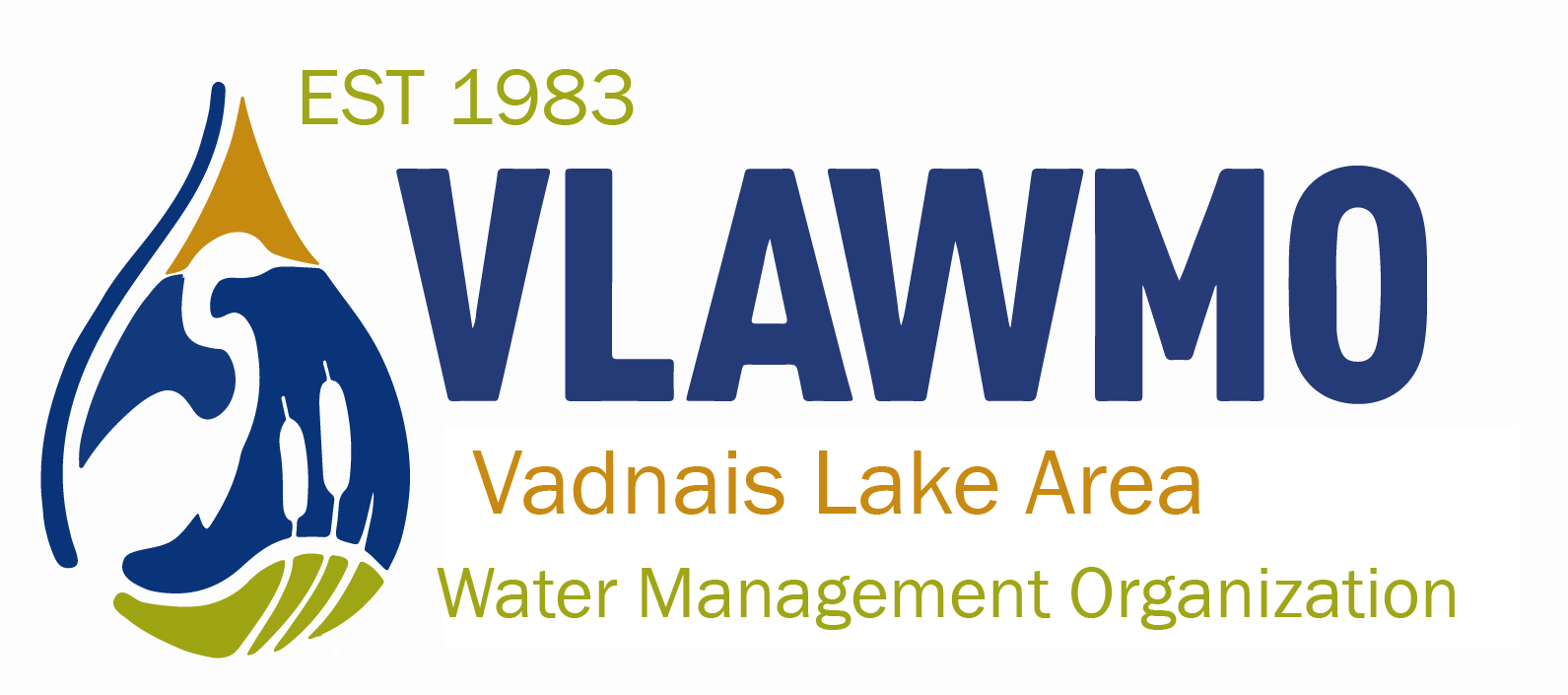Faces of Wetlands: Common Yellowthroat
Photo: animalia-life.club/animalia-view.html
There’s a bandit on the loose!
Weight: .4 oz Color: Buffy olive brown with black mask, a dash of white, and bright yellow accents on throat extending to belly Wingspan: 6” Last seen: Cattail marsh in Vadnais Heights
Have no fear, this bandit means no harm. It’s actually quite cute. The Common Yellowthroat, often referred to as a “masked bandit”, is a warbler of dense, wet pockets of cattails and shrubs. While VLAWMO doesn’t work directly with birds, this little warbler connects closely to our work with water resources.
Adult males boast a signature bright yellow throat, while females are an olive brown with a dash of subtle gold under the throat and tail. When out on a Spring walk, they’re more likely to be heard than seen. While the Spring chorus can be a frenzy of different songs, once you pick out the Yellowthroat, it’s hard to miss. Listen for a high-pitched “whi-chi-dee, whi-chi-dee” or “whi-chi-dee-dee” that descends from high to low notes (link).
Common Yellowthroats nest during the Summer across most of the Upper US and into Canada, and spend winter in Southern Texas or Central America. But watch your backyard closely during migration seasons (April/May, Sept)! Yellowthroats are known to make pit stops wherever they can find a dense shrub with a buffet of insects. To attract Yellowthroats and other neat warblers on their migration marathon, try putting a plate of dried insects (crickets, mealworms, etc.) out on the ground near a brush pile or shrub.
As a small warbler, Yellowthroats are an important part of the food chain. While they’re a natural control to insect populations (warblers can eat thousands of mosquitoes in a day), they’ve also been found in the bellies of pike and bass (Yikes!). Birds of prey such as migrating Merlins and the common Sharp-shinned Hawk both rely on songbirds and small mammals to fuel-up on their flights from the tropics. These hawks, with their lurking talons, can be a scary sight as they disturb the peace of backyard feeders. But by creating multiple food sources for hawks, Yellowthroats in their wetland habitat reduce the hawk’s impact on our backyard feathered friends. Their wetland and lakeside perches even support fisherman and their riveting battle with the lunkers.
So how does this food chain connect to us if we’re not out fishing? In developed places like the Vadnais Lake Area, lakes and wetlands take drainage from the street. This connects waterbodies directly to driveways, roofs, lawns, parks, and even cars. Whatever flows in through the stormdrain either helps or hurts the water quality, insects, plants, and birds like the Common Yellowthroat. To help make a positive impact on this web of connections, a bit of awareness and care can go a long way.
Caring for a wetland may seem out of reach, but like an ecosystem, small actions do make a difference. One of the best ways to protect wetlands is to spread the word that only rain should go down the drain. Dumping wastewater, chemicals, cleaning solutions, or pool water into drains is harmful to water resources and even illegal. Grass clippings and leaves should be kept off the street and out of storm drains to avoid overloading water with nutrients. Lower inputs limit algae growth, which heavily alters the food chain and Yellowthroat’s food supply. Deicer such as salt or sand can be applied conservatively, limited to key areas, and swept up in the Spring when no longer needed. Keeping vehicles ship-shape by fixing leaks quickly reduces oil and auto fluids washing into wetlands. Lastly, restoring shorelines and creating buffers on lakes and wetlands introduce deep-rooted native plants, create filters to block contaminants in water, sustain groundwater levels, and provide key habitat for Yellowthroats and many other songbirds. All of these strategies keep our wetlands from filling up with sediment, keep them producing clean air and water, and keep the food chain that Yellowthroats –and we – have come to depend on for the character and health of our community.
As wetlands show us the web of connections in the food chain, we see how even the smallest members of the web play a big role. In this, there’s a hope in knowing that we too are a web of subtle connections. After this long enduring winter, join me in listening for the Yellowthroats this April. When you find them, pause, take moment of gratitude for our web of family, friends, pets, birds, and clean water, and reflect on what we’ll add to our web this Spring.
For more information on our local wetlands, lakes, water-savvy lawn care, and adopting a stormdrain to protect water quality, visit VLAWMO.org/residents.
Sources:

